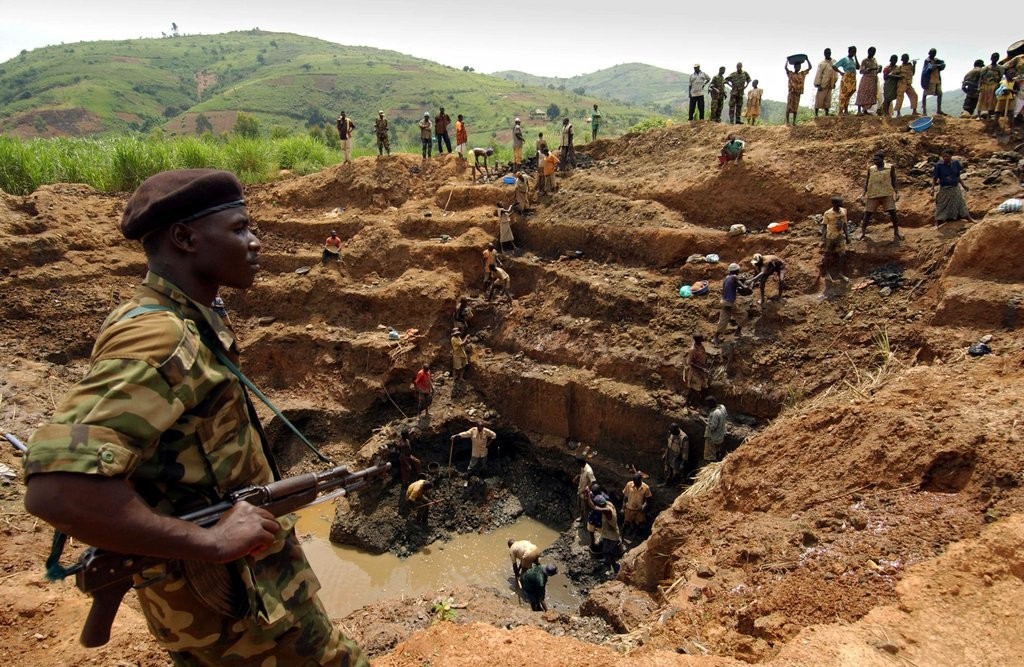
A 51 year-old US citizen has been charged with running a diamond and cryptocurrency based Ponzi scheme.
The US Department of Justice said on Friday that Aman was the operator of a Ponzi scheme from May 2014 to May 2019. Together with his partners, Aman allegedly solicited individuals to invest in “diamond contracts,” in which their money would be used to buy large, rough, uncut diamonds.
These diamonds would then be cut and polished in order to be resold at a profit. To instill trust in the organization, Aman said that funds were backed by his own physical colored diamond stock, apparently worth $25 million.
As is the case with many Ponzi and get-rich-quick schemes, investors expect to see a cut of the profits and without this, Ponzi schemes are exposed and collapse quickly. Therefore, Aman allegedly used investor funds to pay off earlier investment “interest,” and as more investors joined the pool, the transfer of funds down the chain continued without any legitimate profit obtained from diamond purchases.
When funds ran low and the operator was at risk of being exposed, he allegedly created “Reinvestment Contracts” to entice users to roll over their cash into new ‘deals’ in order to buy Aman time to sign up new investors.
However, this could not carry on forever, and US prosecutors say that Aman set up Argyle Coin as the Ponzi scheme was on the verge of collapse. Argyle Coin claimed to be a cryptocurrency project backed by diamond trading, and as a fresh wave of investment poured into the coffers, only a “fraction of the money received” was used to create a cryptocurrency token.
Instead, the DoJ says the majority of the funds were used to pay off investors from the previous Ponzi program, under the names Natural Diamonds Investment Co. and Eagle Financial Diamond Group Inc.
“During the course of the Ponzi scheme, Aman and his partners collected over $25 million from hundreds of investors,” prosecutors say. “Aman allegedly used the money to make purported interest payments to investors, to pay business expenses, to pay commissions to the partners, and to support his own lavish lifestyle.”
Investor funds were allegedly used for purposes including housing rent, horse purchases, and riding lessons.
In 2019, the Securities and Exchange Commission obtained an emergency court order to freeze Argyle Coin’s operations. The US District Court for the Southern District of Florida granted a request for a temporary restraining order and asset freeze while the cryptocurrency organization was investigated.
Aman is facing charges of wire fraud, which could result in up to 20 years behind bars, as well as restitution payments.
Source: DCLA




